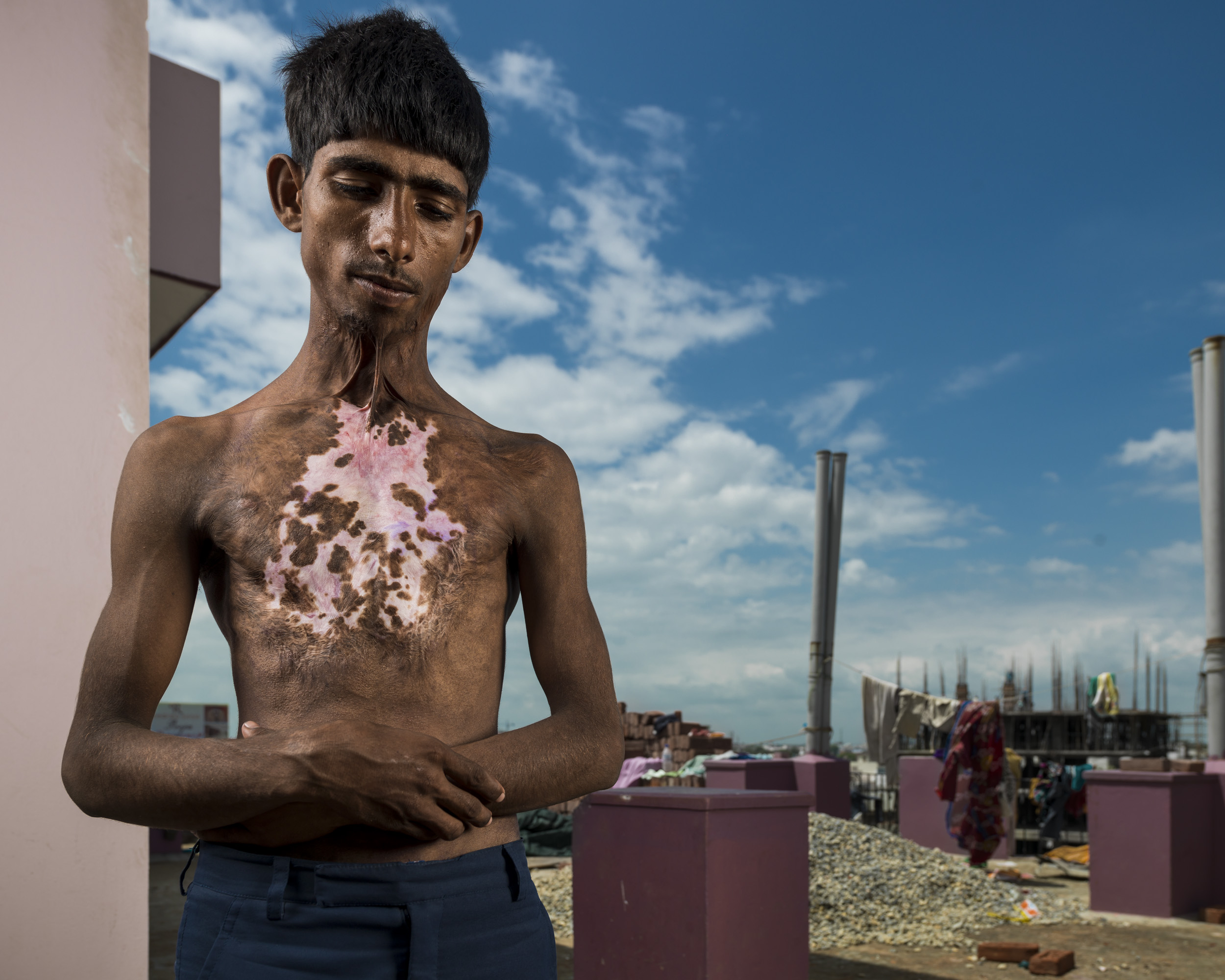

In India, the practice of burning the bodies of the dead has been explained as originating from the Hindu belief that doing so frees the soul from the body and allows it to ascend to heaven. The death of an Indian can be the most challenging sort of death.īurning dead bodies is likely the most popular way to dispose of them in India.īut why do they still burn the bodies in India? Losing a loved one can be distressing, as well as a source of both happiness and sorrow.ĭeaths come in many shapes and sizes, and so do responses. Death may occur suddenly or may take a long time to occur. Why is burning still required in India to dispose of the dead?ĭeath is a given.

They instead set their own selves on fire and scattered the ashes in the graveyard. In India, people are not buried like you are when they pass away. Actually, Indians have been interring the dead for a very long time. Many people hold the idea that Indians bury the dead because they think that if they don’t, their remains will reanimate as spirits and harass the living. Cinnamon and cloves: Used extensively in Indian cooking, the spices have been found to improve the function of insulin and to lower glucose, total cholesterol, LDL and triglycerides in people with type 2 diabetes.Why do Native Indians burn their dead rather than bury them? Millets: Fibre-rich foods such as millets - jowar, bajra, ragi, etc - absorb cholesterol and help increase the secretion of the bile that emulsifies fats. Regular intake provides the body with all essential nutrients and does not add fats and calories to the body. The probiotic food contains just 2.2 grams of fat and about 99 calories, as compared to whole milk that contains 8.9 grams fat and 157 calories. Buttermilk: It is the somewhat sour, residual fluid that is left after butter is churned. One should start with about 10 grams or a tablespoon, taken with hot water early in the morning. It mobilises the extra fat deposits in the body allowing it to be utilised as energy for normal functions. The high fibre content yields complex carbohydrates, which aid digestion, are effective in stabilising blood sugar and prevent its rapid rise after meal consumption. It is a rich source of protein and fibre, which helps lower blood cholesterol level. It is recommended as a food replacement in many slimming programmes, as it has a very low fat content. Moong dal: The bean sprouts are rich in Vitamin A, B, C and E and many minerals, such as calcium, iron and potassium. Hence, it is of great value in weight reduction. Cabbage: Raw or cooked cabbage inhibits the conversion of sugar and other carbohydrates into fat. It contains antioxidants, essential vitamins and reduces cholesterol, which is good for the heart. It has fatty acid, oleic acid, erucic acid and linoleic acid. Mustard oil: This has low saturated fat compared to other cooking oils. Garlic: An effective fat-burning food, garlic contains the sulphur compound allicin which has anti-bacterial effects and helps reduce cholesterol and unhealthy fats. Chop them finely and mix them into a drink, or sprinkle them over a meal. If you are overweight, incorporate eight to 10 curry leaves into your diet daily. These leaves flush out fat and toxins, reducing fat deposits that are stored in the body, as well as reducing bad cholesterol levels. Curry leaves: Incorporating curry leaves into your daily diet can help you lose weight. Capsaicin is a thermogenic food, so it causes the body to burn calories for 20 minutes after you eat the chillies. Chillies contain capsaicin that helps in increasing the metabolism. Cardamom is considered one of the best digestive aids and is believed to soothe the digestive system and help the body process other foods more efficiently.Ĭhillies: Foods containing chillies are said to be as foods that burn fat. Cardamom: This is a thermogenic herb that increases metabolism and helps burn body fat. Regular intake may help reduce low-density lipoprotein (LDL) or bad cholesterol and high blood pressure, increase blood circulation and prevent blood clotting, helping to prevent heart attack. Here are 12 foods that can help you lose weight and gain health: Turmeric: Curcumin, the active component of turmeric, is an object of research owing to its properties that suggest they may help to turn off certain genes that cause scarring and enlargement of the heart. Ayurveda suggests you include all tastes - sweet, sour, salty, pungent, bitter and astringent - in at least one meal each day, to help balance unnatural cravings. Indian cuisine can be healthy too, if it’s cooked with oil and ingredients that take care of your heart and health. You don’t have to acquire a taste for olive oil, seaweed or soya to maintain a low-fat, healthy diet.


 0 kommentar(er)
0 kommentar(er)
